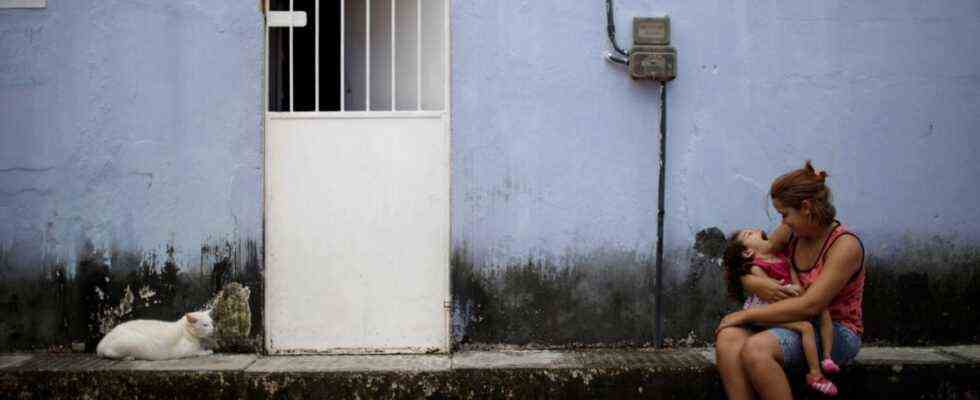There are a few encouraging reports of children born during the Zika epidemic in South America from 2015 to 2016: Their heads, and with them their brains, were shockingly small – yet some of them grew into children whose abilities largely matched those of healthy peers. However, this development does not seem to be the rule, as researchers from Brazil and the USA did in a recent survey in the Trade journal Plos One determine.
A team led by Albert Ko from Yale University and Federico Costa from the University of Bahia examined a total of 42 Brazilian children who were born with the disorder called microcephaly as a result of their mothers’ Zika infections. The little ones were between 25 and 32 months old at the time of the examination.
Many two-year-olds still do not manage to sit or stand independently
Almost all of them faced various limitations in their lives. The problems in the area of motor skills were particularly great: the children all suffered from spastic paralysis, which made it impossible for them to walk. Other milestones in motor development, such as sitting or standing independently, were also barely achieved.
The researchers examined the children using a series of tests called the Hammersmith Infant Neurological Examination (HINE), among other things. Motor development is rated on a scale from 0 (minimum) to 26 (optimum). The children from the Zika epidemic only achieved a mean value of 2.
In the neurological tests of this series of studies, the children had a mean value of 26 on the scale that extends to 78. For example, the physical reflexes and the ability to swallow were examined here. The values for behavior, for which the attention of the little ones and their reactions to social contacts were rated, were much better. The children examined had a mean value of 13 on the scale that extends to 15. However, further series of tests showed significant delays in linguistic and cognitive developments.
But there were encouraging exceptions in this study as well. Some children achieved values in individual areas that are not at all or very little removed from what is considered the norm of development. There was a tendency for those children who had a larger head circumference to also perform better cognitive and motor skills. Nevertheless, the scientists warn that after a Zika infection in the mother, children with a normal head circumference can also have problems in their development. In their study, two children were affected by the phenomenon: it is likely that their development will continue to be delayed, the authors judged.
In detail, it is still not understood what exactly the differences between the children are due to, which factors, i.e. which development, can be expected – just as there is generally comparatively little knowledge about the long-term opportunities and problems of microcephaly children.
To make matters worse, the test series usually used are not very well tailored to capture the special difficulties and individual differences of these children. This means that it is still difficult to estimate what fate awaits the more than 3700 children affected by the epidemic in the long term – and what therapies and subsidies may be able to help them.

